Understanding number relationships Worksheets for Ages 5-6
6 filtered results
-
From - To
Explore our "Understanding Number Relationships Worksheets" for ages 5-6, designed to enhance young learners' foundational math skills. These engaging worksheets focus on key concepts such as comparing quantities, recognizing patterns, and understanding greater than or less than. Through fun, interactive activities, children will develop confidence in number relationships, paving the way for more advanced math concepts. With vibrant illustrations and age-appropriate exercises, these resources make learning enjoyable and effective. Ideal for both classroom settings and at-home practice, our worksheets provide essential support to help your child thrive in their early math journey. Start building a strong math foundation today!
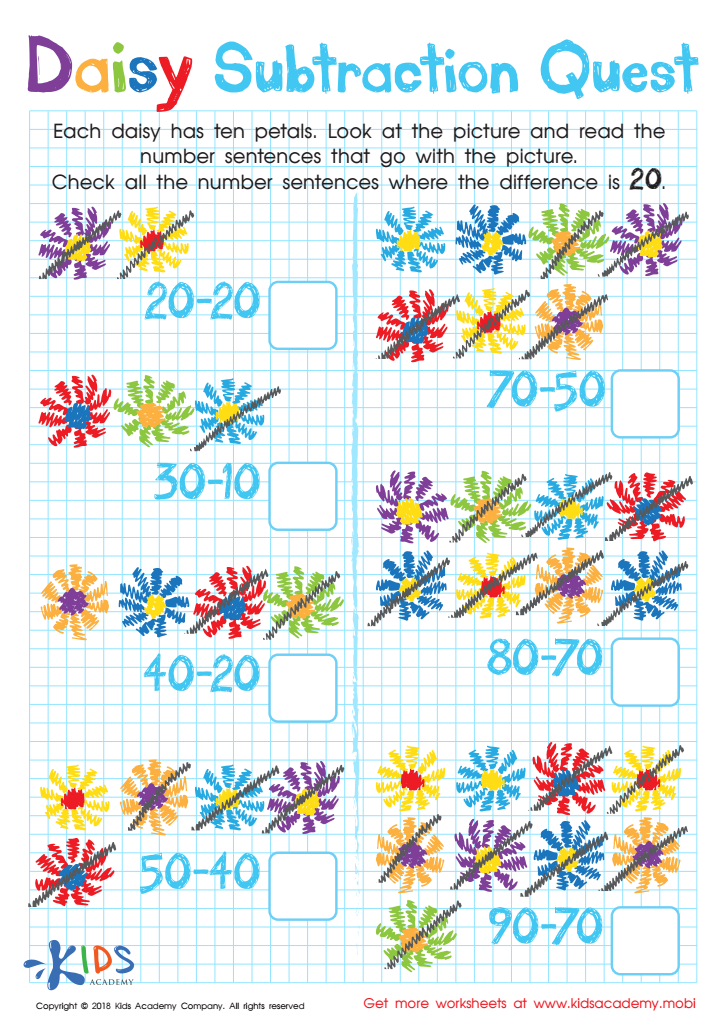

Daisy Subtraction Quest Worksheet
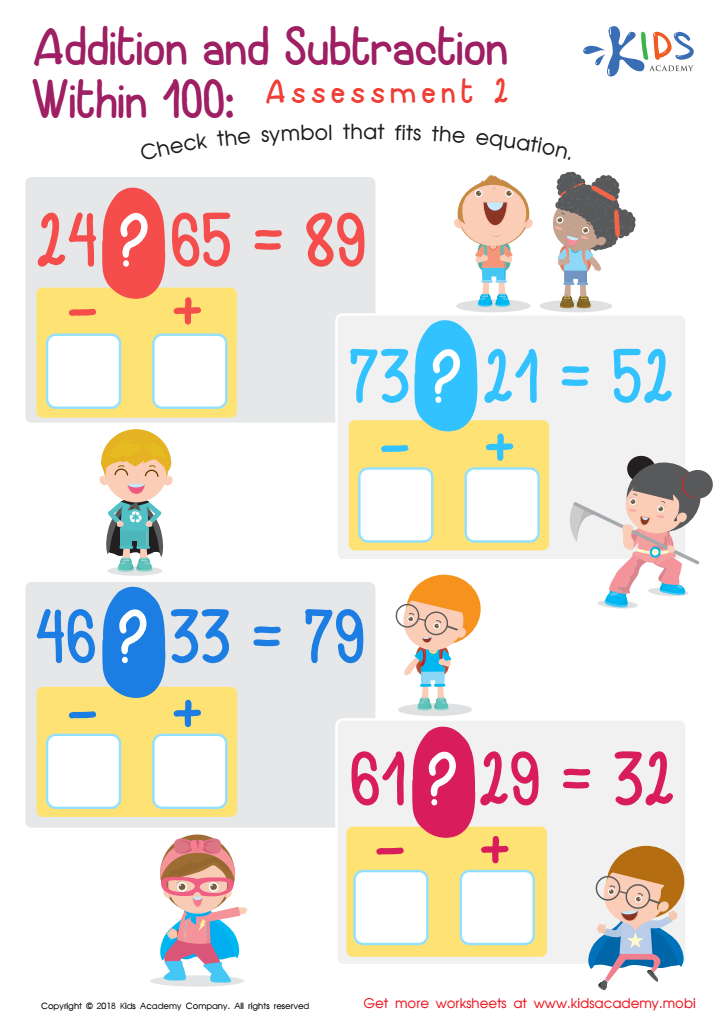

Addition and Subtraction Within 1: Assessment 2 Worksheet
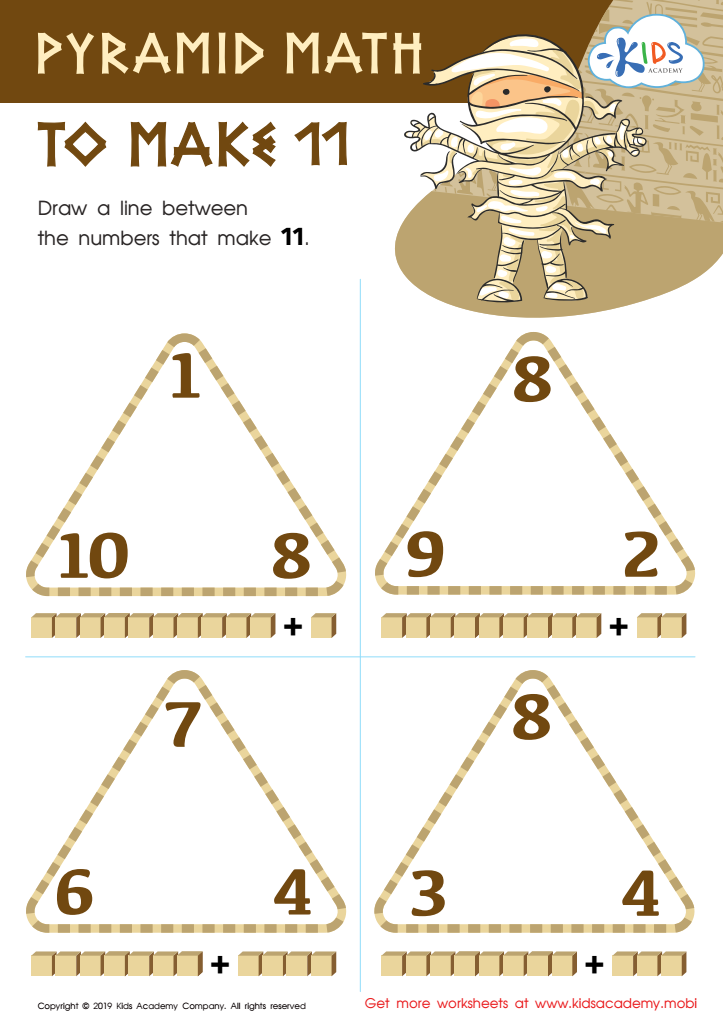

Pyramid Math to Make 11 Worksheet
Understanding number relationships is crucial for children aged 5-6 as it lays the foundation for their future math skills. At this stage, children are beginning to grasp basic numerical concepts, and a solid understanding of how numbers relate to one another is essential for building more complex mathematical abilities.
First, recognizing number relationships helps children develop critical thinking and problem-solving skills. When kids can see how numbers interact—such as identifying that 5 is more than 3 but less than 8—they cultivate an intuitive sense of quantity, which is foundational for algebra and other advanced mathematical concepts later on.
Additionally, understanding these relationships nurtures skills such as addition and subtraction. For instance, knowing that adding one more to a group increases the total helps with fluency in small calculations. Furthermore, it prepares them for the concepts of grouping and partitioning, key elements in understanding fractions and multiplication.
When parents and teachers actively engage children in learning about number relationships through games, discussions, and hands-on activities, they foster a positive attitude towards math. This early exposure not only enhances children’s confidence but also encourages a lifelong love of learning in mathematics, setting them up for academic success.
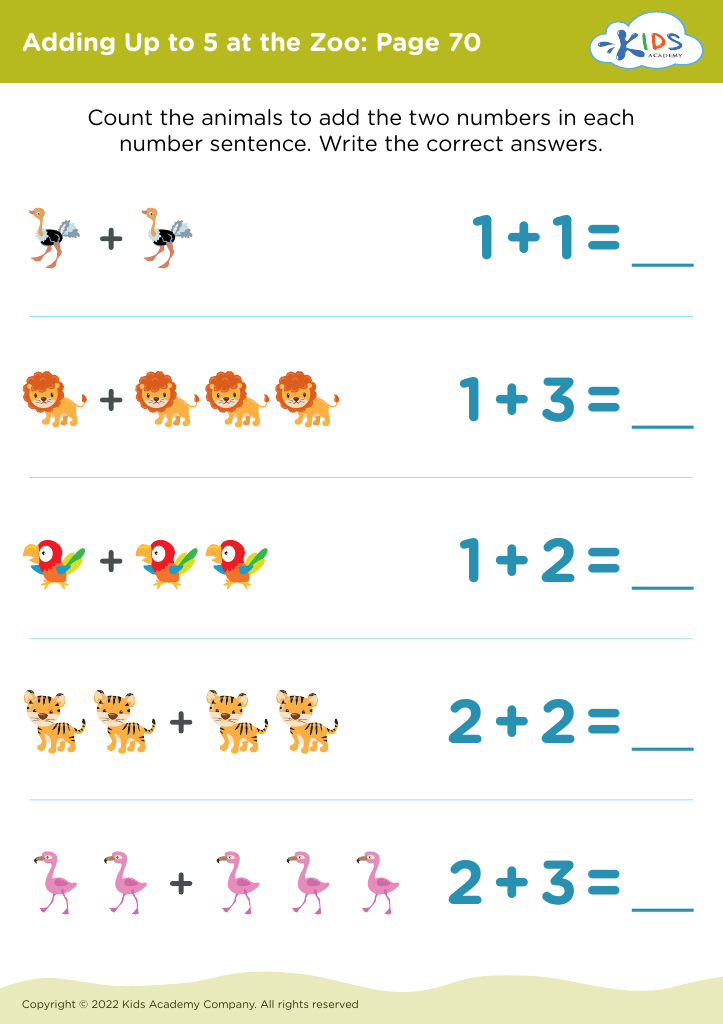

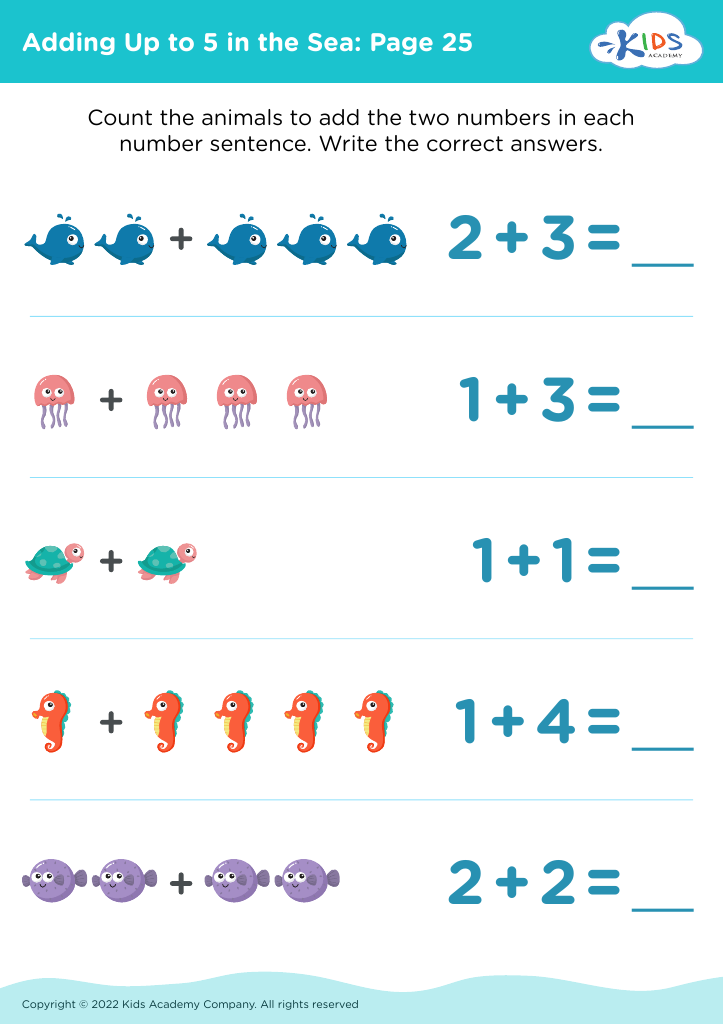
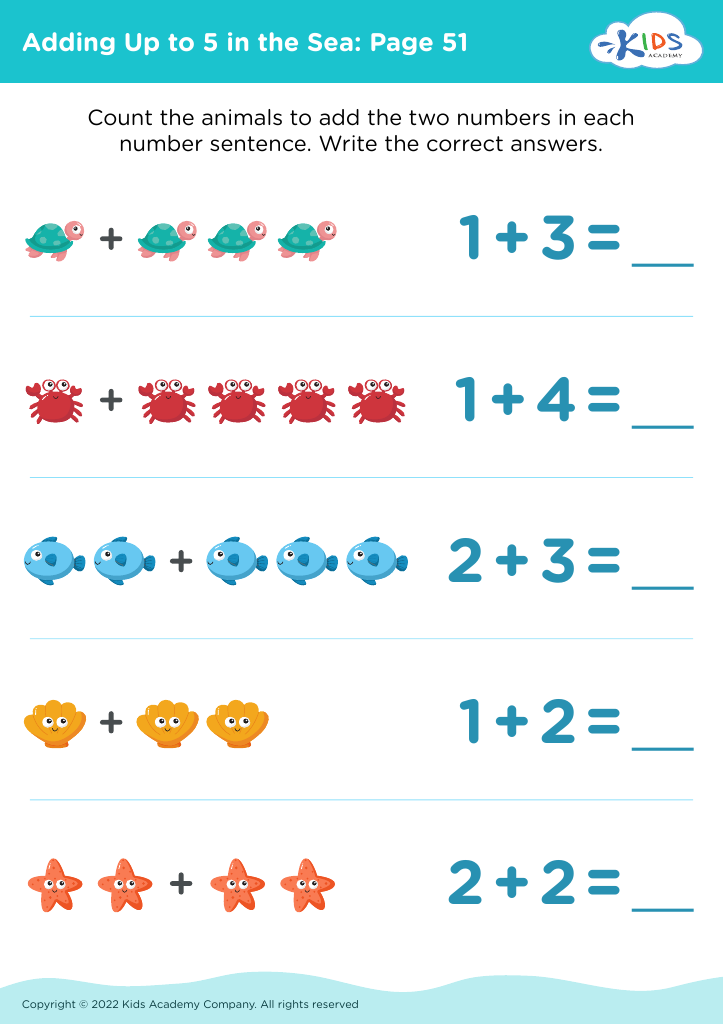
 Assign to My Students
Assign to My Students






.jpg)
.jpg)











